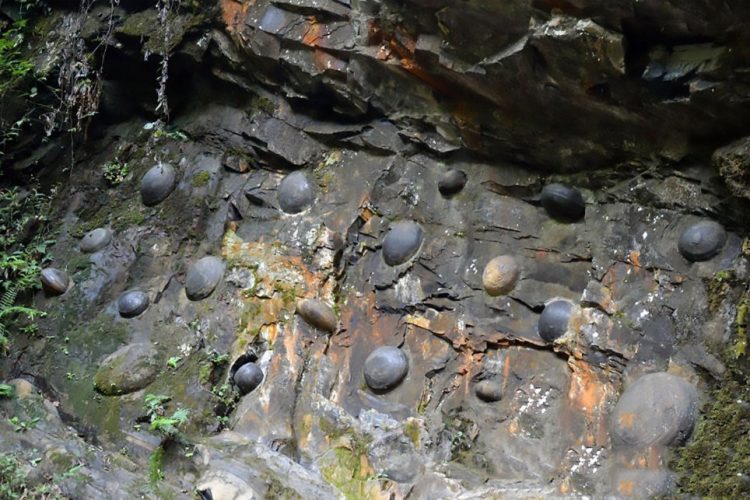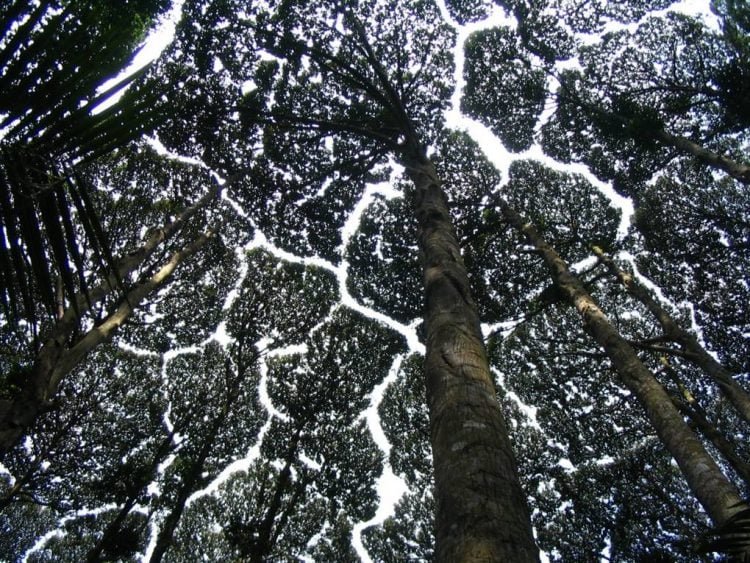A circular, slow-turning sheet of ice in Maine’s Presumpscot River has captured the imaginations of millions around the world after photos and videos of it have been shared on social media.
It’s been called a “frozen crop circle”, a “frozen moon”, an alien ship”, but scientists say it’s a rare natural phenomenon at an unprecedented scale. Rotating ice circles have been reported in the US before, but they were in the 20- to 30-foot range, whereas the ice disk in the Presumpscot River, in the city of Westbrook, is roughly 100 meters wide. It is constantly rotating counterclockwise and it’s size appears to vary according to the outside temperature and sunlight – it’s larger in the morning, but shrinks when the sun is strong and the temperature rises.















